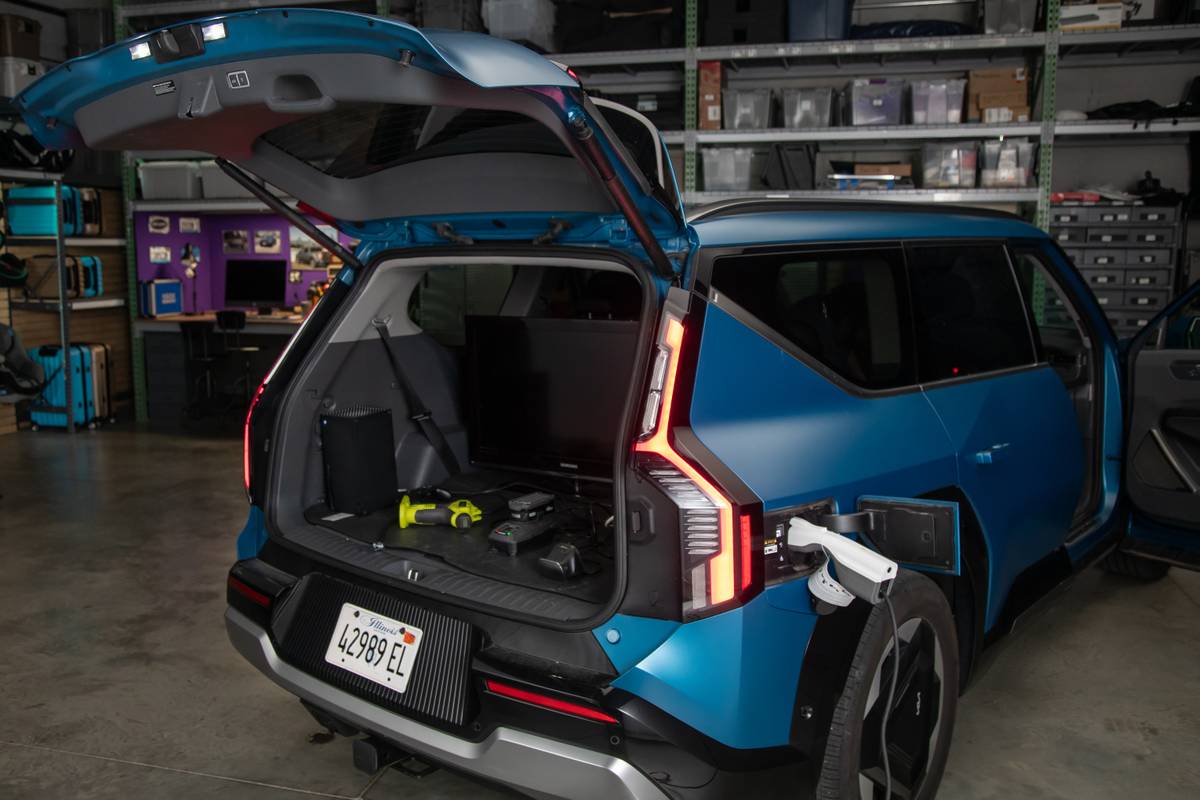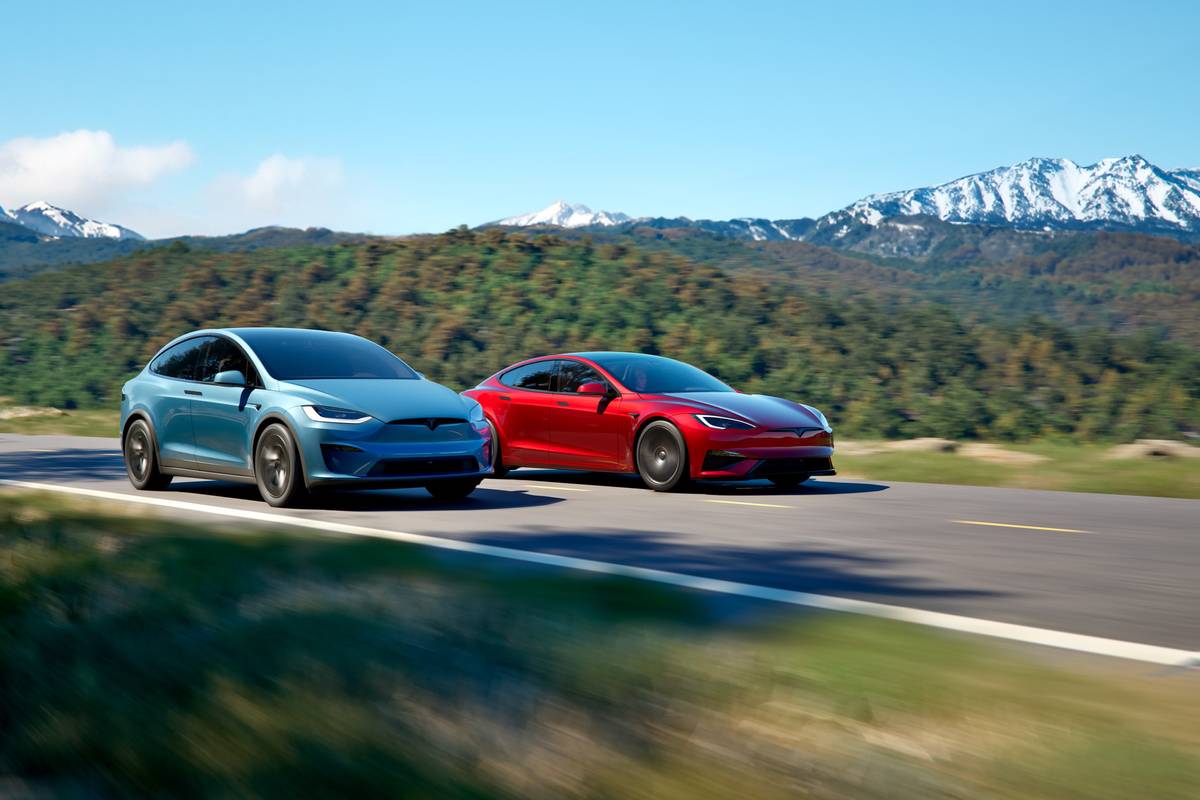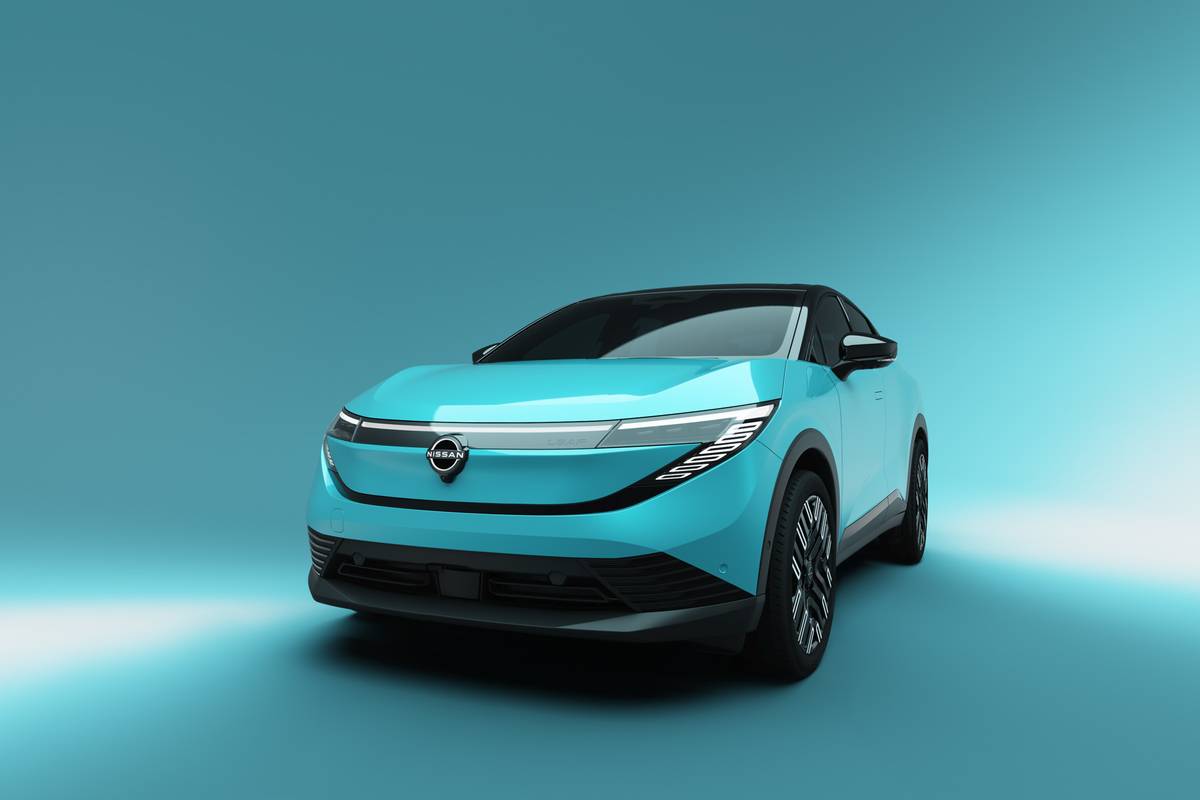Star-Telegram.com's view
After a few minutes in the driver’s seat of the 2010 Chevrolet Camaro SS (Super Sport), I couldn’t help but think of the Texas Rangers baseball club’s really superb TV ads that ran during the recently completed season.
The theme of that campaign, one of the best I’ve ever seen (and featuring some of the cutest kids on the planet), was “Built for Fun.”
That phrase worked for the Rangers and their great season (even if they didn’t quite make the playoffs), and it also works for the Camaro SS (base price $30,745 plus $850 freight).
This is a car that truly is built for fun, and after a day or so of driving the test vehicle, I felt like calling General Motors to say, “I’m not giving it back – just send me the payment book.”
A person driving a solid-black Camaro SS can’t be inconspicuous, I quickly found out. This car drew oodles of attention everywhere I went. Those who were drawn to it weren’t just drooling baby-boomer men who had come of age during the early days of the GM muscle car.
In fact, that’s what’s so cool about it. Those who swarmed around this car every time I parked it in a public place were a cross section of modern America – all ages, both sexes, various ethnicities, you name it.
I quickly came to the conclusion that the appeal of this car is universal. And that’s great news for GM, which is struggling to get back on its feet after the financial upheaval of the past year.
This is a car lots of people want, although I realize the SS version will be out of reach of many who truly yearn for it – just the way the split-rear-window 1963 Corvette coupe that I coveted was way out of my reach when I was in high school.
But the Camaro itself is within reach of most new-car buyers, even if they can’t make the leap to the more-expensive Super Sport model. The base Camaro coupe, with its 304 horsepower V-6 engine, starts at a quite-affordable $22,245 (plus freight).
With all of the turmoil in the auto industry this past year, one of the things I find myself quite thankful for as Thanksgiving approaches is that the American automakers live on to produce such great cars such as the Camaro, the redesigned 2010 Ford Mustang, and the revived Dodge Challenger.
Our tester was the Camaro 2SS model (base price $33,745 plus freight), which is the top of the line. The main difference between this one and the base Super Sport (1SS) model is the leather interior.
To be honest, one really doesn’t need the V-8 to have fun in the Camaro, though. The V-6 model is a great value, and its power will be more than adequate for most consumers.
Chevy says the V-6 goes from zero to 60 mph in 6.1 seconds, while the V-8’s best performance is zero to 60 in 4.7 seconds. Either one is going to blow the pants off of most of the other cars out there.
The new Camaro is offered only in coupe form now; a convertible is coming later. Five trim levels are available – the base LS, 1LT, 2LT, 1SS and 2SS.
Even the LS V-6 model is well equipped, and I would be happy with one of those. The available RS (Rally Sport) package ($1,750) adds such items as 20-inch painted-aluminum wheels, rear spoiler, high-intensity discharge headlights, and special RS taillights.
A six-speed manual gearbox is standard, but a six-speed automatic transmission ($995) is available on all models. Our tested came with the manual, which offers the most fun.
Moving up to the SS model, though, brings the 6.2-liter V-8 borrowed from the Corvette, with 426 horsepower and 420 foot-pounds of torque in the manual version, and 400 horsepower and 410 foot-pounds with the automatic transmission.
For the best fuel economy, the V-6 is the choice. EPA ratings are 18 mpg city/29 highway for the V-6, compared with 16/25 for the V-8 (both with automatic transmissions).
Ratings for models with the manual gearbox are slightly lower: 17/29 for the V-6, and 16/24 for the V-8. But not even the V-8 requires payment of the federal gas-guzzler tax.
The Camaro’s 3.6-liter V-6 engine produces more horsepower than many V-8s, including the one in the 2009 Mustang, which has 300 horsepower.
While the redesigned 2010 Mustang GT has a boost in V-8 horsepower to 315, the base V-6 model, which cost nearly as much as the base Camaro, has just 210 horsepower. The Mustang V-8 has a big edge in torque, however – 325 foot-pounds for the 2010 model versus 273 foot-pounds for the Camaro V-6.
For the full 426 horsepower from the Camaro SS, you’ll have to choose the manual model. It comes with the LS3 engine from the 2008 Corvette.
Those who want the automatic transmission will get the L99 engine, with the 400 horsepower. This engine features active fuel management, though, which cuts out four of the cylinders during normal cruising to help conserve fuel and raise its highway mileage.
The success of the redesigned 2005 Mustang helped persuade GM to revive the Camaro, which had been discontinued after the 2002 model year.
Chevy introduced the original Camaro for 1967 as GM’s answer to the Mustang, which debuted in 1964. Dodge last year introduced the new version of its Challenger, also in response to the Mustang.
While the newest Mustang and Challenger models borrow heavily from their 1960s predecessors, the Camaro does not. While it has some styling cues that date to the 1969 model, it’s essentially a modern interpretation of the muscle car.
Some of its styling cues came from the current Corvette, as well as from some high-performance aircraft, GM has said. Overall, though, the feel is that of a Corvette with a back seat.
The car seats up to four people, but headroom and legroom are limited in the back seat, which is best left to the kids.
Features include a four-wheel independent suspension, four-wheel disc brakes (with four-piston Brembo calipers on the SS models), GM’s electronic stability control, OnStar, and XM satellite radio.
The 1LT model comes with a sport suspension, which gives it a rougher ride than that of the typical family car. But it’s designed for some serious driving, and allows the car to corner much better than the average Toyota Camry.
Standard features on V-6 models include dual exhaust with polished stainless-steel tips, 18-inch painted-aluminum wheels, fog lights, halogen headlights, a six-speaker AM/FM/compact-disc stereo with auxiliary input jack (for iPod and other music players), XM radio, air conditioning, power windows/mirrors/door locks with remote, front reading lights, cruise control, tilt/telescopic steering column, sport cloth bucket seats with six-way power adjustment for the driver, folding rear seat with trunk pass-through, center console with two cupholders, rear defroster, and remote trunk release.
There is no spare tire; instead, the car comes with a tire sealer and inflator kit.
Offered are 19- and 20-inch wheels, a premium Boston Acoustics audio system, ultrasonic rear parking assist and remote vehicle starting. Cloth upholstery is standard, but heated leather seats are included on the 2LT ($26,580) and 2SS models. The 2SS model also comes with four additional gauges mounted on the dash.
Built on GM’s new global rear-wheel-drive architecture designed by the automaker’s Holden subsidiary in Australia has a unibody structure designed to enhance safety and handling. It features one-piece body side stampings and tight spaces between body panels.
Standard safety equipment includes electronic stability control with traction control, anti-lock brakes, front seat-mounted side air bags, side-curtain air bags for both rows, and GM’s great OnStar system with automatic crash reporting.
The SS model comes with 20-inch painted-aluminum wheels; a rear spoiler; the Brembo brakes; heated/power outside mirrors (self-dimming on the driver’s side); an AM/FM/compact-disc stereo with USB and auxiliary inputs and a Boston Acoustics premium nine-speaker system; the XM radio: universal garage opener; auto-dimming inside mirror; heated sport bucket seats (leather on the 2SS); six-way power driver’s seat; leather-wrapped steering wheel with integrated audio and cruise controls; and Bluetooth.
Extras on our SS tester included, oddly, the RS package mentioned above, along with a sunroof ($900); 20-inch polished-aluminum wheels ($470); and an interior-accent trim package ($500), which brought a black interior with Inferno Orange accents on the seats, along with accent stitching on the steering wheel, shift knob, door armrests, center console, and seats.
Total sticker was $38,215, including freight and options.
Also available is a group of accessories that can be purchased at dealerships to customize the cars, including 21-inch wheels and tires; ground effects and stripe kits; and a classic-styled Hurst shifter, GM said.
All of those accessories can be ordered and installed before delivery, and in some cases can even be included in the monthly payments.
The automotive columns of G. Chambers Williams III have appeared regularly in the Star-Telegram since 1994. Contact him at 210-250-3236; chambers@star-telegram.com.
2010 Chevrolet Camaro
The package: Midsize, two-door, four-passenger, rear-wheel-drive, V-6- or V-8-powered, sports coupe.
Highlights: Re-introduced for 2010 after an eight-year hiatus, this is the best Camaro yet. Styling is a mix of old and new, and is quite stunning. There is great performance even with the affordable base V-6 model, and handling is excellent.
Negatives: As always with cars in this class, the back seat is tight for adults.
Engines: 3.6-liter V-6, 6.2-liter V-8 (L99, automatic only), 6.2-liter V-8 (LS3, manual only).
Transmissions: Six-speed manual or six-speed automatic.
Power/torque: 304 HP/273 foot-pounds (V-6); 400 HP/410 foot-pounds (L99); 426 HP./420 foot-pounds (LS3).
Length: 190.4 inches.
Curb weight: 3,719-3,902 pounds.
Brakes, front/rear: Disc/disc, antilock.
Trunk volume: 11.3 cubic feet.
Towing capacity: 5,800 pounds.
EPA fuel economy: 17-18 mpg city/29 highway (V-6); 16 city/24-25 highway (V-8).
Fuel capacity/type: 19 gallons/unleaded regular (V-6); premium recommended but not required for V-8.
Major competitors: Ford Mustang, Dodge Challenger, Nissan 370Z, Hyundai Genesis Coupe.
Base price range: $22,245-$33,745 plus $850 freight.
Price as tested: $38,215, including freight and options (2SS V-8 model with RS package, manual).
On the Road rating: 9.3 (of a possible 10).
Prices shown are manufacturer’s suggested retail; actual selling price may vary.
Latest news



